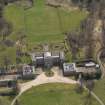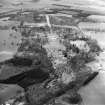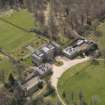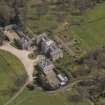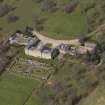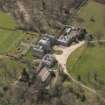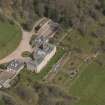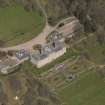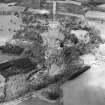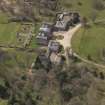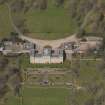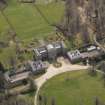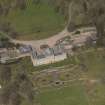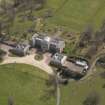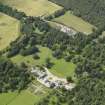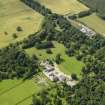Following the launch of trove.scot in February 2025 we are now planning the retiral of some of our webservices. Canmore will be switched off on 24th June 2025. Information about the closure can be found on the HES website: Retiral of HES web services | Historic Environment Scotland
Mellerstain House, Garden
Garden (Period Unassigned)
Site Name Mellerstain House, Garden
Classification Garden (Period Unassigned)
Alternative Name(s) Mellerstain House Policies
Canmore ID 104339
Site Number NT63NW 18.01
NGR NT 64787 39065
NGR Description Centred NT 64787 39065
Datum OSGB36 - NGR
Permalink http://canmore.org.uk/site/104339
- Council Scottish Borders, The
- Parish Earlston
- Former Region Borders
- Former District Ettrick And Lauderdale
- Former County Berwickshire
William Adam, the architect responsible for the first phase of Mellerstain House, also had a major role in the design of its gardens. When George Baillie, who commissioned the work, died in 1738, Adam's framework of the gardens had already been laid out, but only partially implemented. Part of this early work involved canalising the River Eden and inserting a dam along its length to create an ornamental cascade.
The layout is typical of eighteenth-century garden planning, with the design set out along two axes, and the house itself sitting in the centre of the north-south axis. The house is located on gently-sloping ground overlooking the River Eden, a situation which allowed its occupants to enjoy a fine view south towards the Cheviot Hills.
In 1909 Sir Reginald Blomfield created the terrace gardens on the south side of the house, in an Italian style sympathetic to the eighteenth-century layout. His design further emphasised the view from the house: the garden is laid out symmetrically, with the eye drawn along the line of a central path that crosses two successive terraces. Beyond the lower terrace, the garden continues in the form of a broad swathe of mown grass flanked by 2m high hedges, carrying the viewer's gaze towards the lake and the distant Cheviots beyond.
Text prepared by RCAHMS as part of the Accessing Scotland's Past project
NT63NW 18.01 centred 64787 39065























